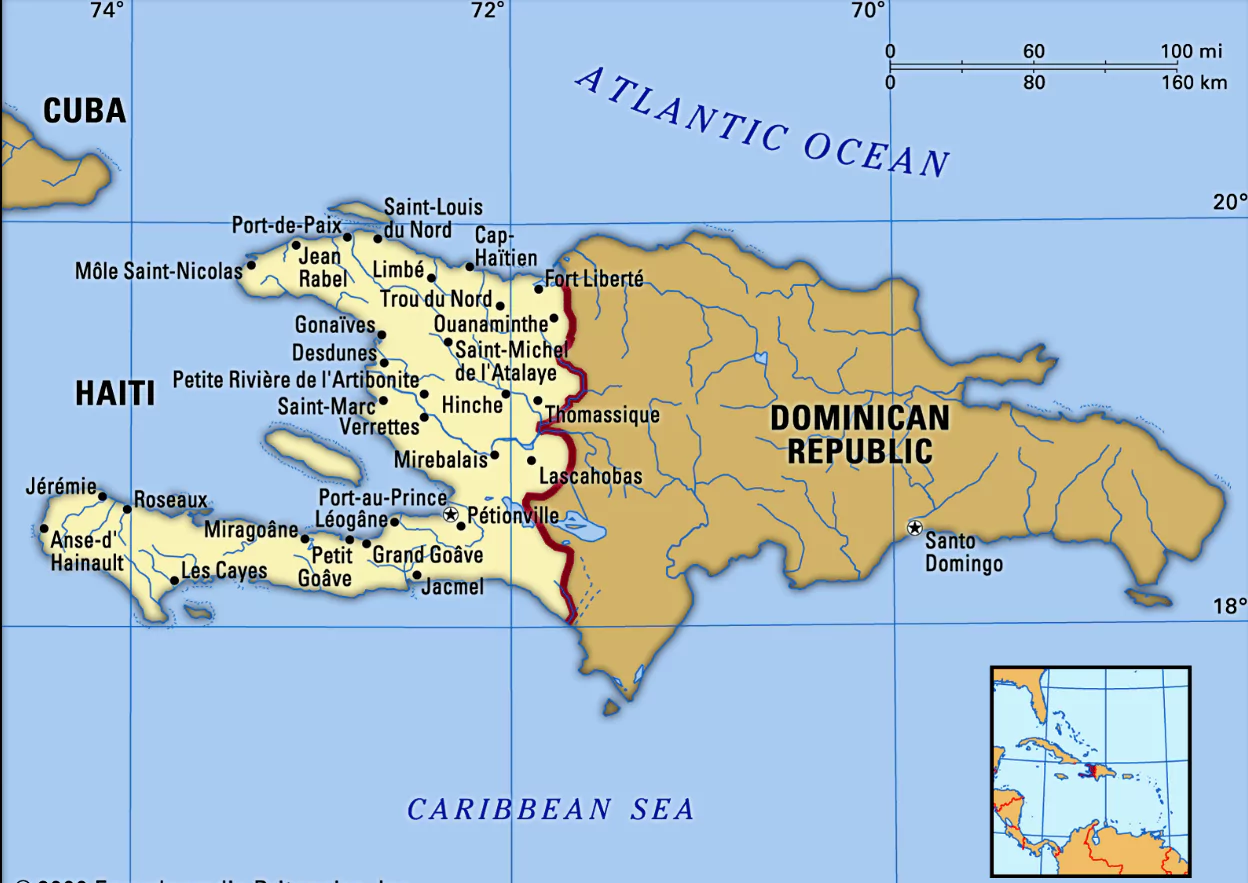![]() 30 May 2024
30 May 2024
A seven-member Council was established to restore order in Haiti after Prime Minister Ariel Henry’s resignation on April 24.
 This move has support from Caribbean countries and the U.S., with the Caribbean trade bloc Caricom endorsing the Council as a hopeful new beginning for Haiti.
This move has support from Caribbean countries and the U.S., with the Caribbean trade bloc Caricom endorsing the Council as a hopeful new beginning for Haiti.
| Must Read | |
| NCERT Notes For UPSC | UPSC Daily Current Affairs |
| UPSC Blogs | UPSC Daily Editorials |
| Daily Current Affairs Quiz | Daily Main Answer Writing |
| UPSC Mains Previous Year Papers | UPSC Test Series 2024 |
<div class="new-fform">
</div>